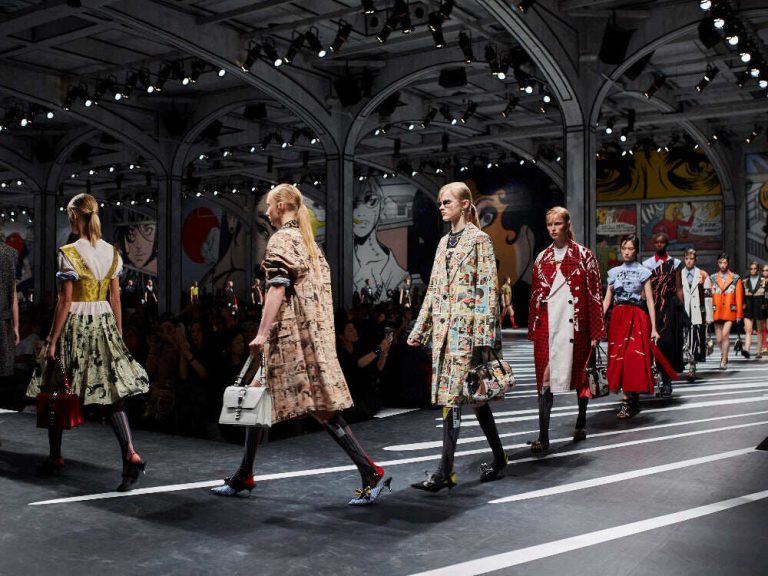
VERTU IRONFLIP: A Perfect Fusion of Intuitive Design and Heroic Colours
VERTU IRONFLIP, a folding screen mobile phone for high-end men, not only has the top technological configuration, but also the
In February of 2024, Apple TV+ launched the American drama ‘The New Look’. The series consists of eight episodes and tells the story of two Parisian fashion houses, Dior and CHANEL, half a century ago. The setting is Paris in the spring of 1947, when Christian Dior’s ‘Corolle’ fall and winter high-fashion series became a hit. After half a century, Corolle became better known as ‘the new look’.
In the play, Mademoiselle Chanel, another contemporary designer, criticised the ‘new look’, stating that it ruined French haute couture. She believed that the new look was overly elaborate and reinstated pre-war designs that tightened women’s figures and relegated them to the status of ‘ornamental’ housewives. This clearly went against the spirit of female emancipation that Chanel wanted to promote in the fashion world.
However, the popularity of the ‘New Style’ fashion trend for over a decade after World War II was not due to its pioneering and daring design. Instead, it represented a form of spiritual conservatism that concealed the traces of women’s labour and created an atmosphere of luxury and complexity. Dior’s popularity can be attributed to his ability to capture the retro aesthetic desired by high-class women after World War II. These women longed for the opulence of the Victorian era, and Dior’s designs fulfilled that desire. The emergence of the ‘new look’ was timely, as fashion was shifting towards a more conservative style.

However, it is important to note that the ‘new look’ did not set the trend for the era; rather, it was a response to the changing societal mood. As society transitioned from a wartime mindset to a post-war era of consumerism, fashion needed to reintroduce the glamorous style of ‘joy and beauty’ exemplified by the ‘New Look’. Women sought to cast off the drab, grey tones of war by embracing long, silky waves of hair, wide high heels, and wasp-waisted skirts.
The world of fashion design is ever-changing, much like a floating world painting that reflects the mood of the times. Women’s clothing design often responds to the prevailing female mood of the era. However, in today’s world, it seems challenging to discern any clear response to society’s mood in the designs of contemporary brands. Today’s social moods are as vague and uncertain as fog. The rise of social media has given everyone a platform to express their opinions, resulting in trends that are no longer straightforward but rather complex and all-encompassing.
The rise of social media has given everyone a platform to express their opinions, resulting in trends that are no longer straightforward but rather complex and all-encompassing. Similarly, fashion media has criticised recent shows for being too safe and lacking creativity. Some have even gone as far as to say that all the shows look the same.
Gucci’s new creative director, Sabato De Sarno, acknowledged the brand’s awareness of criticism before the show. He stated, ‘I don’t care if my clothes are considered commercial, my goal is to see people on the street wearing my clothes.’
The lack of truly new style in this era may be due to the fashion giants losing their power to define fashion. Current trends are not led by a particular brand or design aesthetic. The design has been broken down into numerous symbols, which are then shared with the public through social media and KOLs of all sizes, creating one trend after another.
After the discussion of defining trends was removed, fashion industry leaders are now attempting to reclaim it. In February of this year, LVMH announced the creation of a new division, 22 Montaigne Entertainment, to explore the potential of 75 of its brands, including Louis Vuitton, Dior, and Bulgari, in the film and television industry.
The intersections of fashion and film tend to flourish during economic downturns. Can the brands featured in the movie regain their prominence in the conversation?
